Harnessing ABA Therapy for Emotional Mastery in Children
Introduction to ABA Therapy's Impact
Applied Behavior Analysis (ABA) therapy is a powerful tool in assisting children, particularly those with autism, in managing their emotions and excitement. Through a strategic and individualized approach, ABA therapy helps children develop crucial skills for emotional regulation, enhanced social interactions, and academic success. This article delves into the multifaceted role of ABA therapy, exploring its benefits, strategies, and practical applications in educational settings and beyond.
The Role of ABA Therapy in Managing Excitement and Emotions
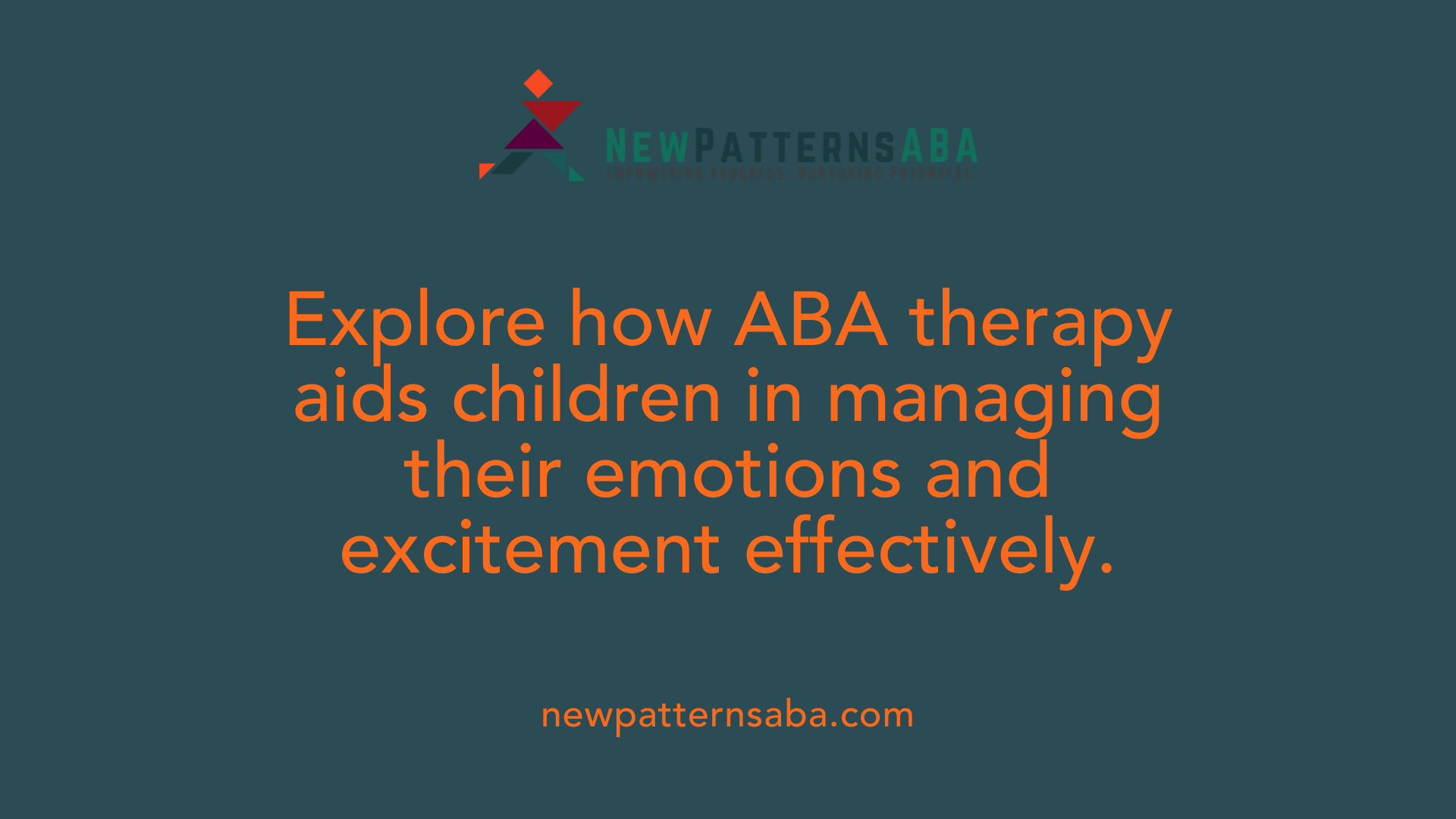
What role does ABA therapy play in helping children manage excitement and emotional responses?
ABA therapy plays a significant role in managing children's excitement and emotional responses. It offers structured support to recognize and express emotions effectively. This support begins with the identification of emotional triggers, facilitating the development of coping strategies that lead to improved emotional regulation.
One of the primary focuses of ABA therapy is teaching children essential social skills. Through techniques such as role-playing and social skills training, children learn to build relationships, fostering empathy and emotional awareness. This promotes better communication with peers and adults, enhancing social interactions.
Mindfulness practices are also integrated into ABA techniques. Activities like deep breathing exercises help children calm themselves when feeling overwhelmed. Furthermore, ABA therapy equips children with functional communication skills, allowing them to express their needs clearly, which is crucial in managing excitement and frustration.
Using positive reinforcement reinforces desired behaviors, helping children develop routines that support emotional management. Parents are also involved in this process, learning to model appropriate responses, creating a consistent environment that nurtures emotional growth.
Overall, ABA therapy provides children with autism the necessary tools to navigate their emotions, significantly contributing to their well-being and social competence.
Benefits of ABA Therapy in Educational Settings
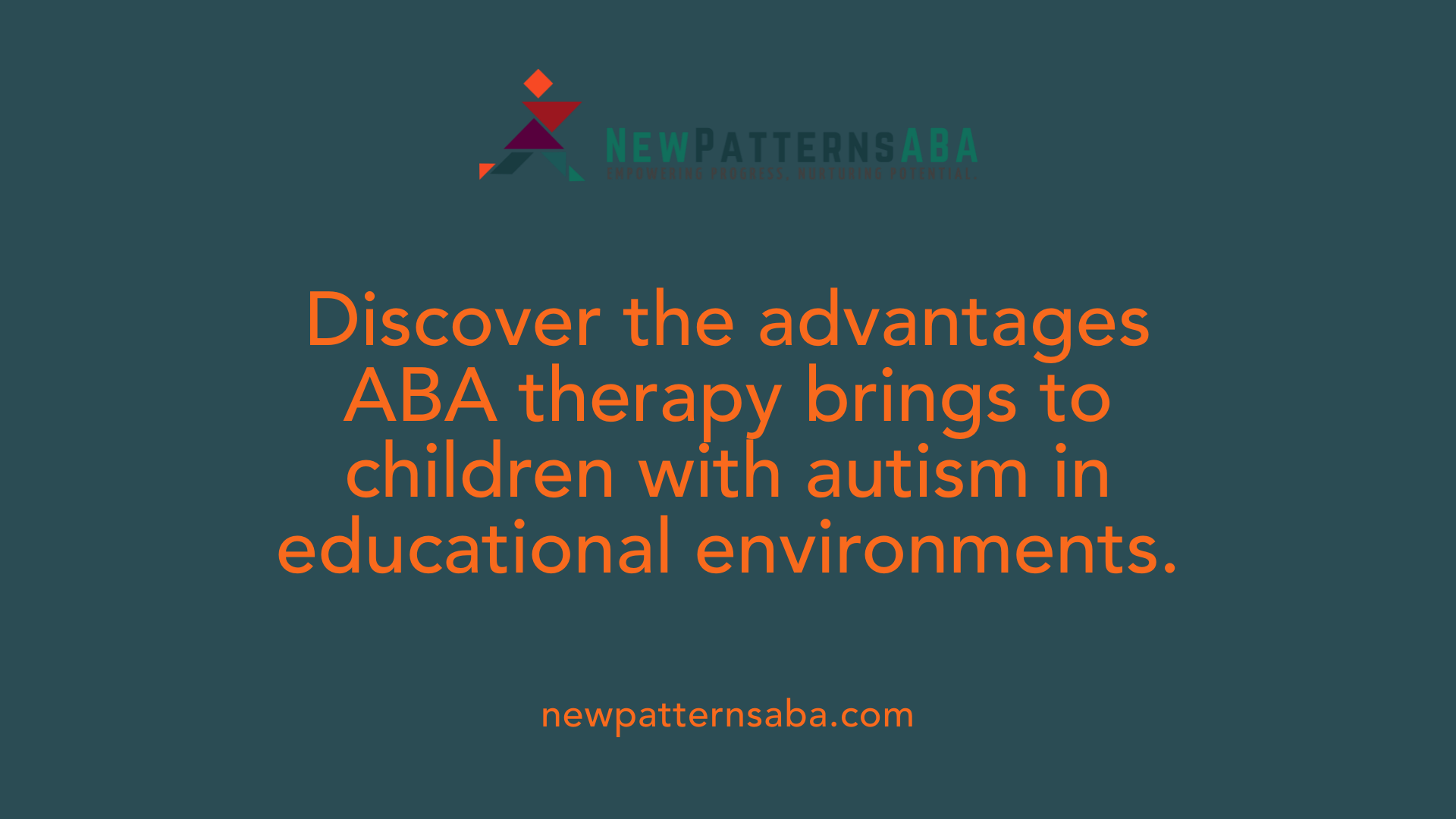
What are the benefits of ABA therapy for children, especially those with autism, in educational settings?
ABA therapy offers numerous benefits for children with autism in educational settings. First and foremost, it is highly individualized. Each child receives a tailored learning plan that accommodates their unique needs, allowing them to learn at their own pace.
One of the essential aspects of ABA therapy is the development of critical life skills. For instance, children learn to sit during class, follow directions, and complete tasks independently. These skills are crucial not only for academic success but also for fostering independence in everyday activities.
In terms of classroom engagement, ABA therapy significantly improves participation. Techniques such as positive reinforcement encourage children to raise their hands for questions and engage with peers. This promotes better social interactions, which are vital for developing friendships and a sense of belonging in school.
Moreover, ABA therapy emphasizes effective communication. Children learn essential social skills, such as greetings and taking turns, enhancing their ability to interact positively with others. This is particularly useful in group activities where collaboration is key.
Overall, ABA therapy is a supportive approach that empowers children with autism to thrive. It helps decrease problem behaviors, creates a better learning environment, and equips children with valuable skills that foster both academic achievement and emotional regulation.
Strategies and Techniques for Emotional Regulation in ABA
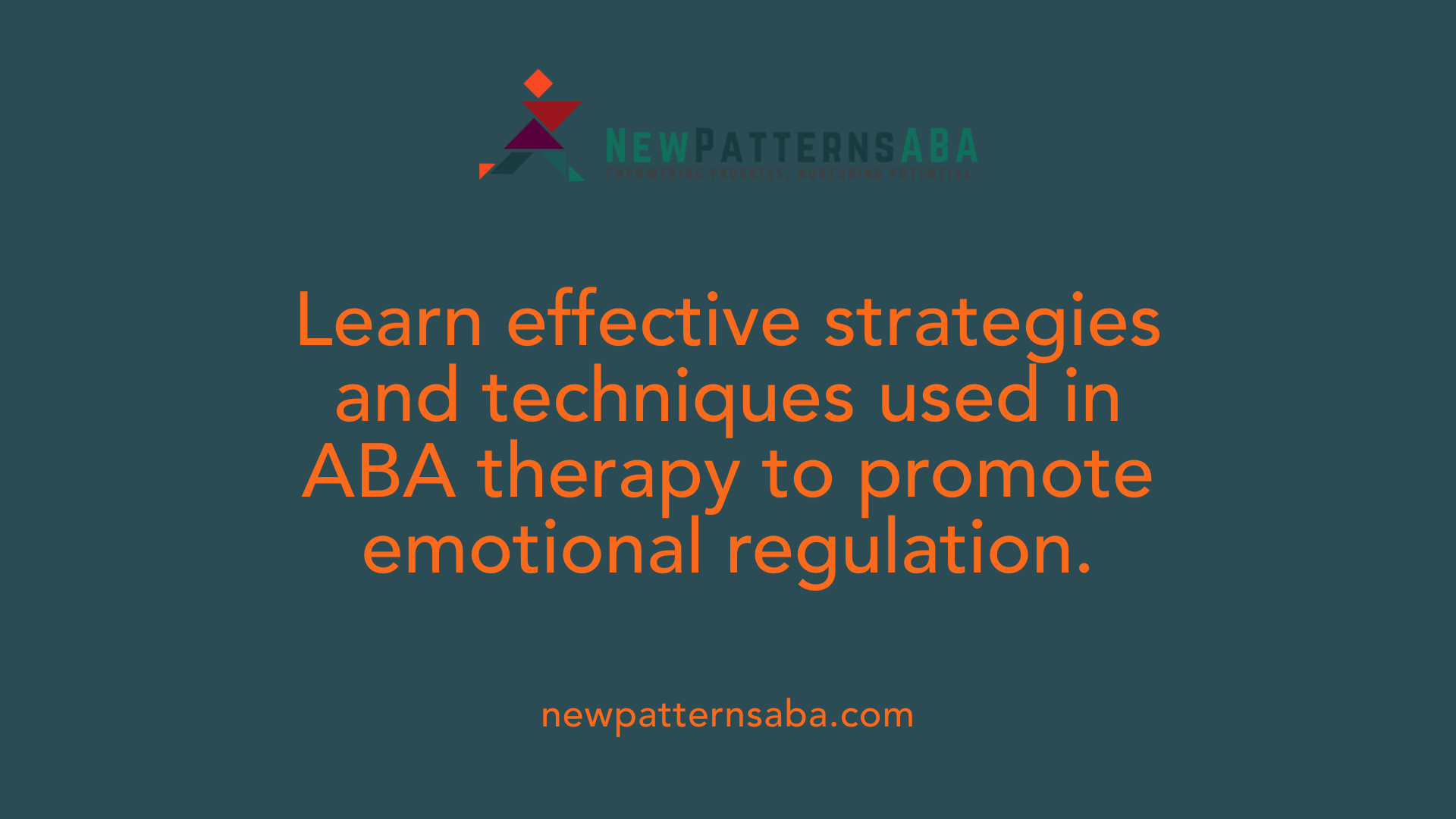
What strategies and techniques are used in ABA therapy to promote emotional regulation and self-control?
ABA therapy promotes emotional regulation and self-control through various strategies tailored for autistic children. These techniques create an environment conducive to developing better coping skills.
Self-Calming Techniques
One fundamental approach involves teaching self-calming strategies. Techniques such as deep breathing exercises help children focus on their breath to reduce anxiety and manage excitement effectively. Engaging in activities that encourage mindfulness allows children to stay present, promoting emotional resilience in overwhelming situations.
Use of Visual Aids and Modeling Calm Behavior
Utilizing visual aids like emotion charts can significantly enhance a child's ability to recognize and articulate their feelings. Additionally, adults, including parents and therapists, model calm behavior during instances of emotional dysregulation. Such modeling provides children with concrete examples of how to handle strong emotions calmly.
Structured Routines to Minimize Anxiety
Creating structured routines is another powerful tool. Predictable schedules reduce anxiety triggers, making it easier for children to navigate their day. Routines foster a sense of security, allowing children to anticipate and prepare for transitions, thereby improving their emotional response over time.
| Strategy/Technique | Purpose | Example |
|---|---|---|
| Self-Calming Techniques | Reduce anxiety and help manage excitement | Deep breathing exercises |
| Visual Aids | Help recognize and express feelings | Emotion charts |
| Modeling Calm Behavior | Provide examples for handling emotions | Adults demonstrating calm responses |
| Structured Routines | Create predictability and security | Consistent daily schedules |
Overall, these strategies work symbiotically, empowering children to develop healthier coping mechanisms and heightened emotional awareness.
Impact of ABA Therapy on Social Skills and Functioning
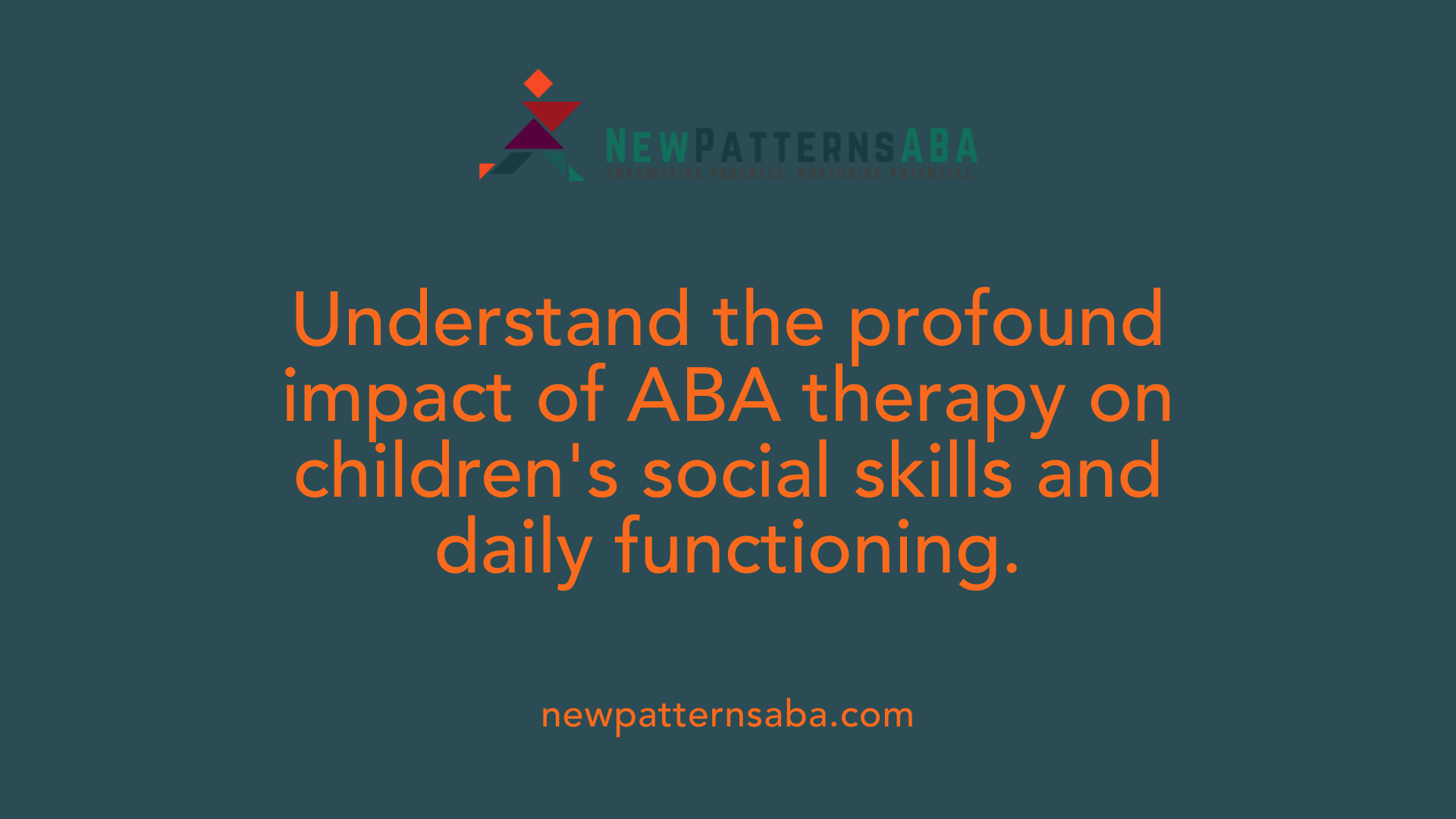
How does ABA therapy impact children's social skills and daily functioning?
ABA therapy significantly enhances children's social skills and daily functioning, particularly for those with autism spectrum disorder (ASD). Research indicates that ABA interventions foster improved social and communicative abilities, which are crucial for initiating and maintaining friendships.
One of the primary methods used in ABA involves targeting specific social skills such as:
- Initiating conversations: Through modeling and role-playing, children learn how to greet others and start interactions.
- Recognizing emotions: Engaging with visual aids or role-play scenarios helps children understand emotional cues in themselves and others.
- Participating in interactive play: Structured play activities encourage turn-taking and sharing, which are essential components for positive social engagement.
Within the framework of ABA, positive reinforcement is vital. Children receive immediate rewards for displaying appropriate social behaviors, which reinforces their learning. This approach not only boosts communication skills but also enhances emotional understanding, fostering better interactions with peers.
Daily living skills improvement
Moreover, ABA therapy contributes significantly to improving daily living skills. These are essential for:
- Classroom participation: Teaching children routines such as raising hands to contribute positively in discussions.
- Completing tasks independently: Helping children manage classroom assignments or personal duties promotes self-reliance.
- Enhancing focus: By structuring tasks into manageable steps, children learn to allocate their attention effectively, benefiting both their academic performance and social interactions.
Overall impact
Ultimately, ABA therapy not only boosts social skills but also enhances daily living skills, leading to improved attention and academic performance. By focusing on tailored interventions, ABA empowers children with ASD to navigate social situations more successfully, significantly enhancing their overall quality of life.
Practical Tips for Parents and Professionals
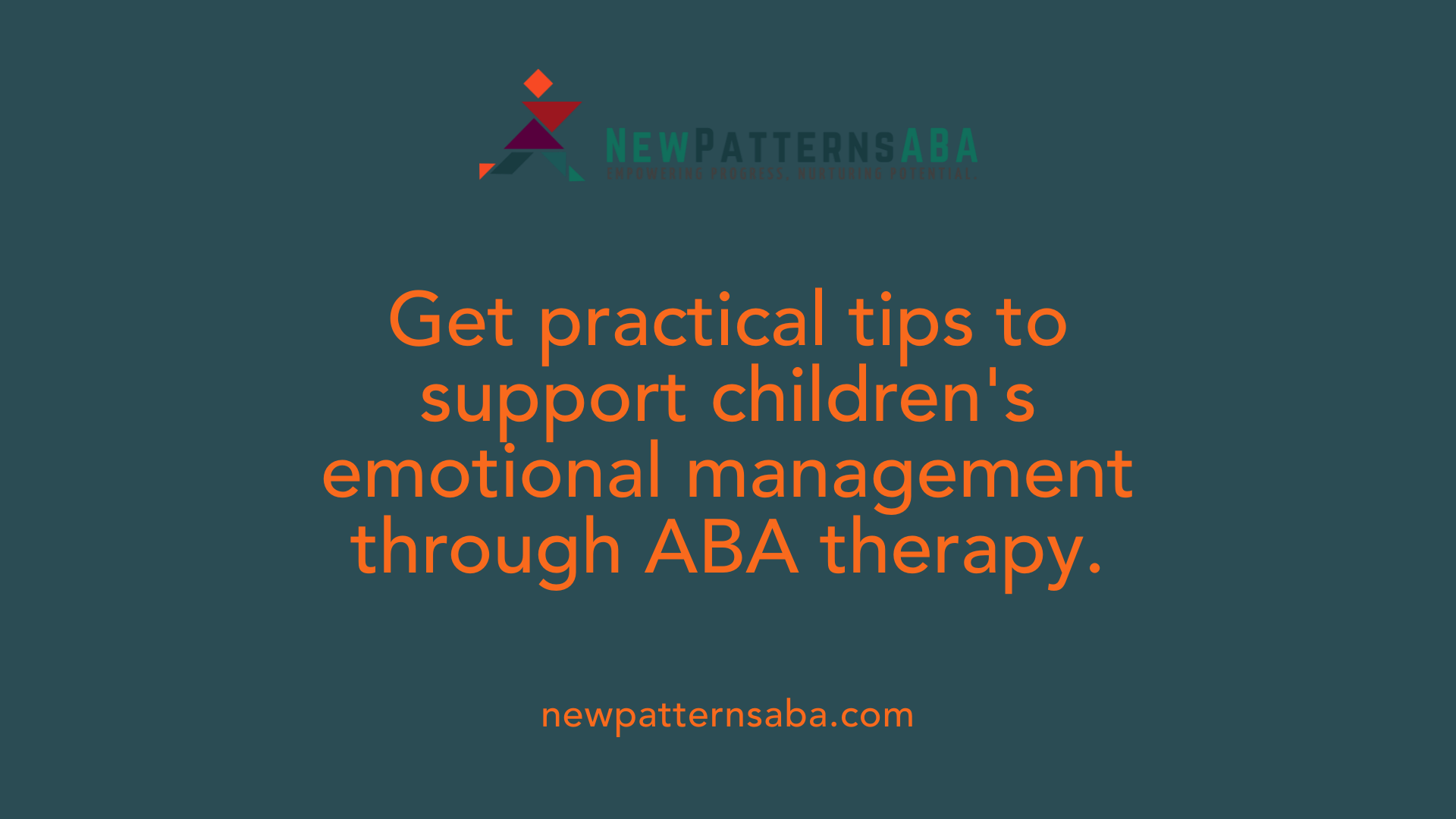
What practical tips can parents and professionals use to support children's emotional management through ABA therapy?
Parents and professionals can enhance children's emotional management through effective implementation of ABA strategies. Here are some practical tips:
Positive Reinforcement:
- Encourage desired behaviors by rewarding achievements, no matter how small. This helps reinforce positive habits over time and supports emotional stability.
Understanding A-B-Cs (Antecedent, Behavior, Consequence):
- Familiarize with this framework to identify and address the root causes of behaviors by analyzing what triggers them and what consequences follow.
Visual Aids:
- Introduce tools like 'The Incredible Five Point Scale' to help children communicate and recognize their feelings, giving them a clearer understanding of their emotional states.
Teaching Self-Regulation Techniques:
- Engage children in mindfulness activities such as deep breathing or reflective questioning. These techniques promote calmness and emotional control during overwhelming situations.
Regular Collaboration with Therapists:
- Maintain consistent communication with ABA therapists to ensure that strategies are being applied uniformly at home and in other environments. This fosters a supportive and cohesive approach to managing emotional responses.
Modeling Appropriate Behavior:
- Demonstrate positive self-regulation techniques to provide children with a real-life framework for managing their emotions, particularly excitement.
By integrating these strategies, parents and professionals can effectively support children's emotional development in conjunction with ABA therapy.
Facilitating Behavioral Management in Schools
How effective is ABA therapy in facilitating behavioral management and smoother transitions in school environments?
ABA therapy is highly effective in facilitating behavioral management and smoother transitions within school environments, especially for children with autism spectrum disorder. This approach emphasizes individualized planning, which plays a crucial role in supporting students' unique needs.
Decreased Behavioral Issues
One of the primary benefits of ABA therapy is its ability to decrease behavioral problems. By using positive reinforcement techniques, children learn to engage in desirable behaviors instead of disruptive ones. For example, children are encouraged to raise their hands to ask questions, which facilitates active participation in class and minimizes interruptions.
Improved Communication and Attention
Additionally, ABA therapy enhances communication skills and attention levels. Tailored interventions help children break down academic tasks into manageable steps, leading to improved focus and better understanding of classroom expectations. This structured approach promotes active engagement, helping students express their needs effectively and reducing anxiety related to school tasks.
Skill Generalization Across Contexts
ABA therapy also supports skill generalization across different contexts. For instance, children learn essential social skills—like greetings and turn-taking—that they can apply in various settings, not just the classroom. This versatility ensures that students are better equipped to handle interactions in diverse social situations, thus paving the way for enriching peer relationships and fostering friendships.
In summary, research supports ABA therapy as a resourceful tool for emotional and social development. By implementing constructive behavioral strategies within schools, educators can significantly enhance the learning experiences of children with autism, seamlessly integrating them into the academic environment.
Self-Regulation and Emotional Mastery
Deep Breathing and Emotional Recognition
Deep breathing exercises are effective in helping children manage their excitement and emotional responses. These techniques encourage children to pause and focus on their breath, fostering calmness during overwhelming moments.
Additionally, recognizing their emotional state is vital for self-regulation. By understanding how they feel, children can implement appropriate strategies to manage their emotions effectively.
'Zone of Regulation' Implementation
Establishing a 'Zone of Regulation' helps children identify and categorize their emotions. This framework enables them to understand where they are emotionally and equips them with strategies to regulate their feelings, especially during exciting or stressful situations.
Modeling Appropriate Behavior
Modeling positive self-regulation from parents and educators is essential. Children learn by watching how adults handle their emotions, providing them with the necessary tools to deal with their feelings, including excitement, in constructive ways.
Empowering Children with Autism Through ABA
Critical Thinking and Decision-Making
ABA therapy fosters critical thinking and decision-making skills through tailored interventions. By presenting choices in structured environments, children learn to evaluate options and make decisions accordingly. This empowerment is crucial, especially in a school setting where children often face overwhelming choices.
Smooth Transition Strategies
Transitioning into new educational settings can be daunting for children with autism. ABA therapy aids in this process by introducing gradual transition strategies. For instance, a child might visit their new school or classroom before the official start, allowing them to acclimate slowly, reducing anxiety, and ensuring a smoother adjustment.
Enhancing Adaptive Behaviors
ABA therapy continually enhances adaptive behaviors, equipping children with essential skills for everyday life. It emphasizes routines and positive reinforcement when children demonstrate desired behaviors, such as collaboration or completing tasks independently. Techniques like deep breathing exercises are integrated, enabling children to manage their emotions effectively while navigating social dynamics with peers.
Conclusion: Holistic Support Through ABA Therapy
ABA therapy emerges as an indispensable ally for children in mastering the complexities of excitement and emotional responses. By fostering emotional intelligence, enhancing social skills, and promoting academic success, ABA provides a comprehensive support system for children, especially those on the autism spectrum. Through targeted strategies and community-wide collaboration, it paves the way for improved daily functioning and a higher quality of life, ensuring every child's potential is recognized and nurtured.
References
- How Does ABA Therapy Support Children With Autism In School ...
- Benefits of ABA Therapy for Children - First Step Arkansas
- How Can We Help Kids With Self-Regulation? - Child Mind Institute
- Emotional Regulation: 25 Ways to Help Your Autistic Child
- The Role of ABA Therapy in Supporting Child with Autism During ...
- Children with Autism: The Importance of Self-Regulation Skills
- The effectiveness of applied behavior analysis program training on ...






